How to Maintain a Clean Litter Box for Your Cat.
"Learn how to maintain a clean litter box for your cat with simple tips and tricks. From daily scooping to odor control, ensure a hygienic and happy environment for your feline friend."
12/28/20243 min read
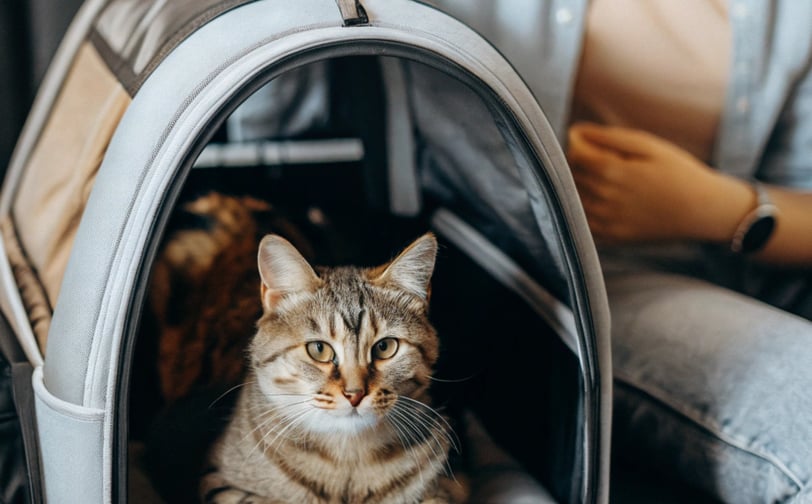

A clean litter box is essential for your cat’s health, comfort, and overall well-being. Cats are naturally clean animals, and neglecting their litter box can lead to behavioral problems, stress, and even health issues. In this guide, you’ll learn practical tips to maintain a spotless litter box and create a hygienic space for your feline friend.
1. Choose the Right Litter Box and Litter
Litter Box Selection
Size Matters: The litter box should be large enough for your cat to move around comfortably.
Covered vs. Open: Some cats prefer open boxes for easy access, while others like covered boxes for privacy.
Litter Type
Clumping Litter: Easier to scoop and keeps odors under control.
Non-Clumping Litter: Ideal for frequent cleaning.
Natural Litters: Made from wood, corn, or paper, these are eco-friendly options.
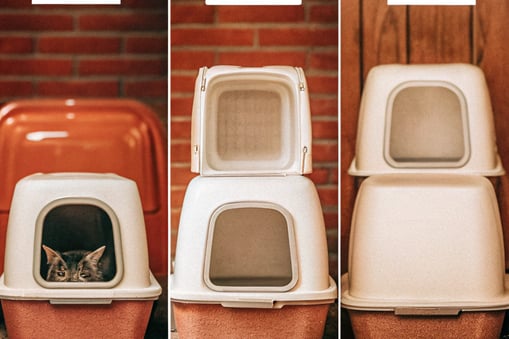

2. Scoop the Litter Box Daily
Scoop out waste at least once a day to maintain cleanliness and prevent odors.
Use a slotted scooper to remove clumps and solid waste.
Pay extra attention if you have multiple cats, as each cat should ideally have its own box.
Why It’s Important: Cats are less likely to use a dirty litter box, leading to accidents outside the box.
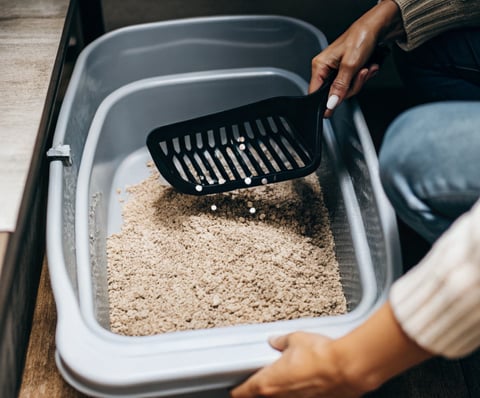

check out PetMD: Litter Box Basics.
3. Change the Litter Regularly
Even with daily scooping, it’s important to change all the litter periodically:
For clumping litter: Change every 2-3 weeks.
For non-clumping litter: Change once a week.
Pro Tip:
Wash the box with mild soap and water before adding new litter to eliminate bacteria and odors. Avoid harsh chemicals that may irritate your cat.
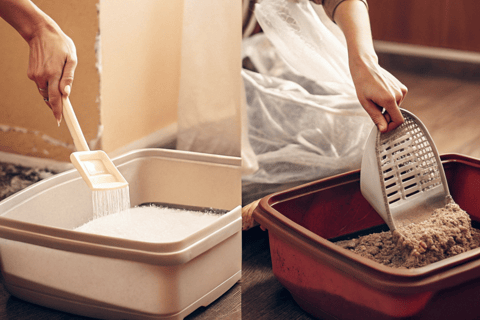

4. Place the Litter Box in an Ideal Location
Cats prefer a quiet and private space to do their business.
Avoid High-Traffic Areas: Choose a spot with minimal noise and activity.
Ventilation Matters: A well-ventilated area helps prevent odors from building up.
Pro Tip:
Keep the box away from food and water bowls to maintain hygiene and avoid discouraging your cat from using it.
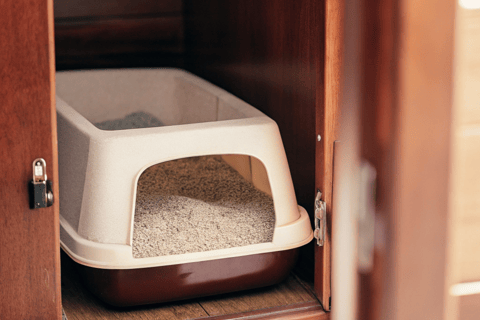

check out ASPCA: Cat Care Tips.
5. Manage Odors Effectively
Odor control is crucial for a pleasant home environment.
Use Deodorizers: Sprinkle baking soda or use pet-safe litter deodorizers to neutralize smells.
Ventilation: Keep the area around the litter box well-aired.
Regular Cleaning: Deep clean the litter box monthly to remove lingering odors.
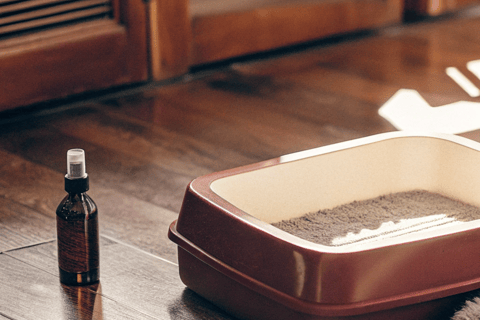

6. Consider a Self-Cleaning Litter Box
If you’re short on time or dislike cleaning, invest in a self-cleaning litter box.
These boxes automatically scoop waste into a sealed compartment.
Ideal for multi-cat households or busy schedules.
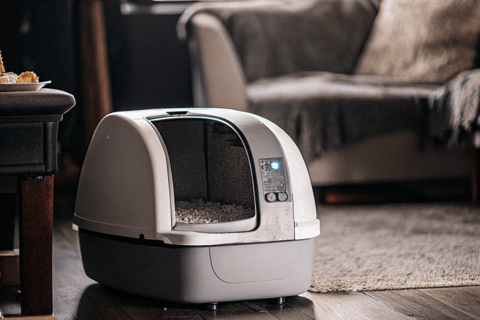

Learn more about "Top Smart Litter Boxes for Your Cat."
7. Watch for Behavioral Changes
If your cat suddenly avoids the litter box, it could indicate:
The box isn’t clean enough.
They dislike the type of litter used.
Health issues such as urinary infections or stress.
Solution:
Keep the litter box clean and consistent while observing for any signs of illness or discomfort.
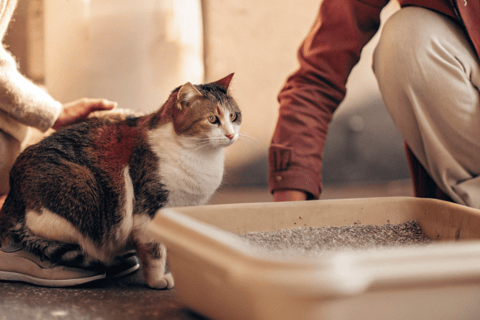

8. Create a Cleaning Routine
Daily Tasks
Scoop waste.
Check for spills or messes around the box.
Weekly Tasks
Replace all litter.
Wash the box thoroughly.
Monthly Tasks
Deep clean the litter box and surrounding area.
Check for wear and tear in the box.
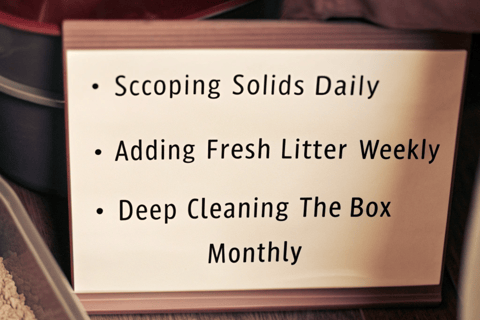

Conclusion
Maintaining a clean litter box is key to ensuring your cat’s happiness and health. With the right tools, a consistent cleaning routine, and attention to your cat’s preferences, you can create a comfortable and hygienic environment for your feline friend. A clean litter box doesn’t just benefit your cat—it keeps your home fresh and odor-free, too!
